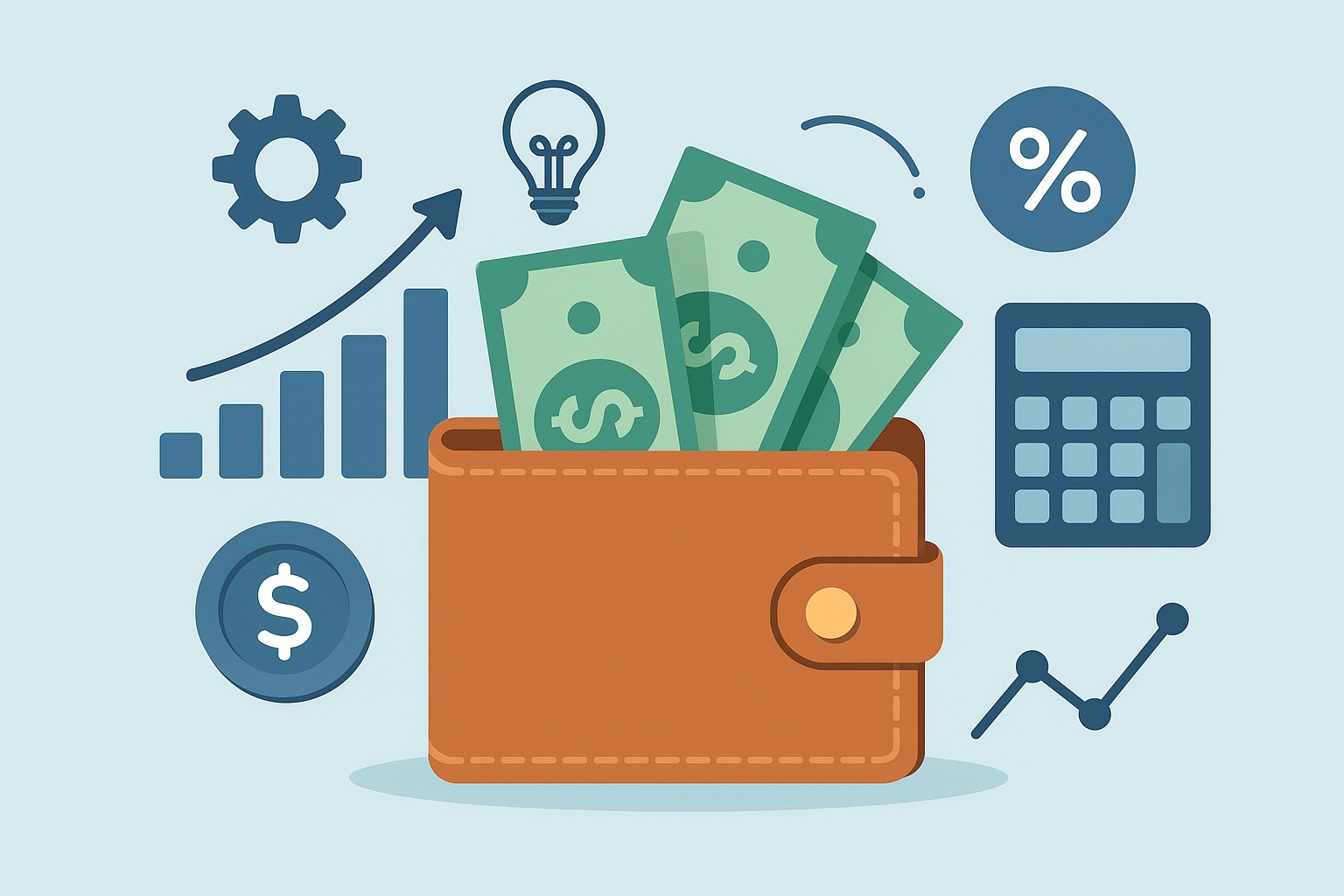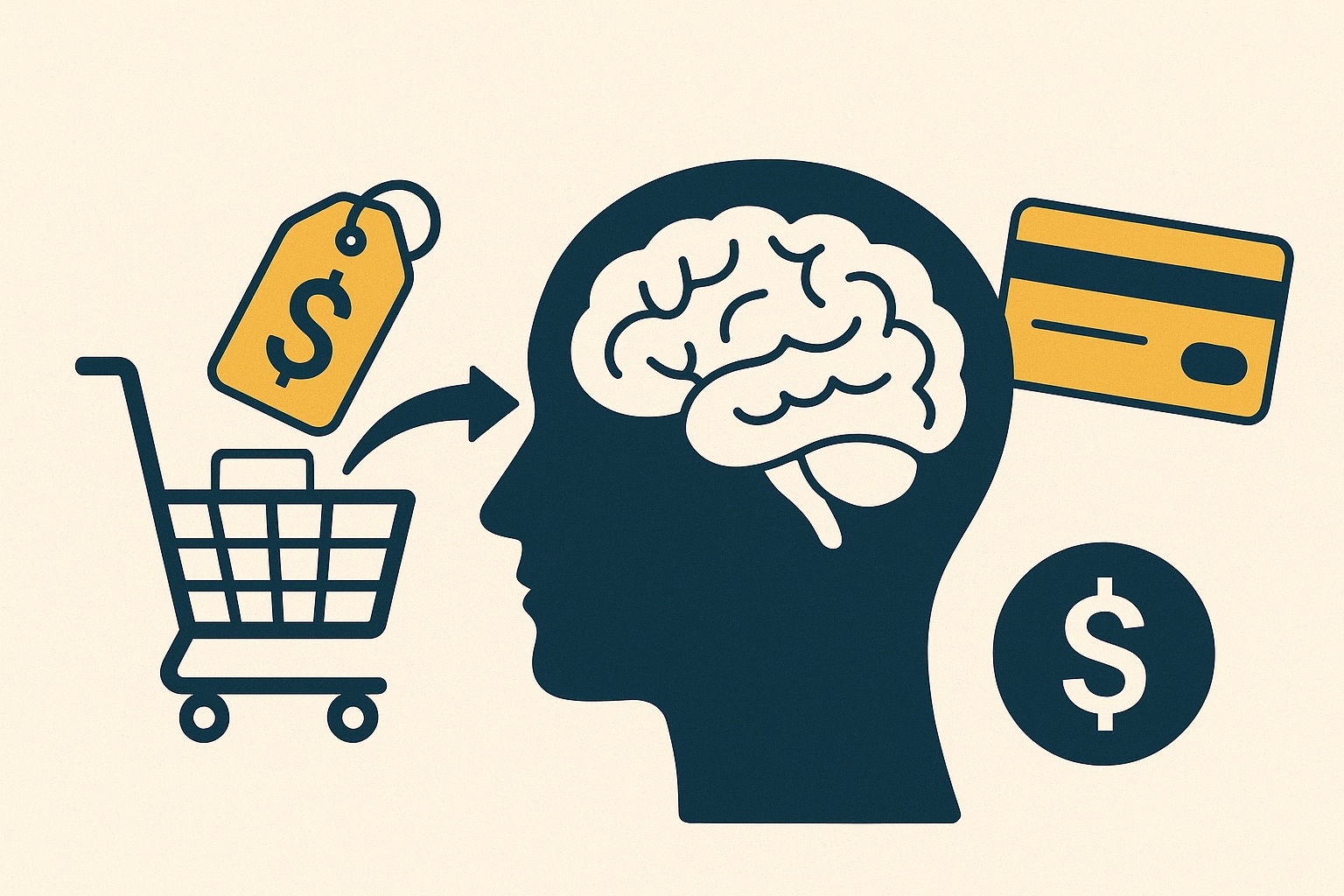Automation in personal finance is transforming the way people manage money. What once required manual effort — saving, investing, budgeting — can now be handled by smart tools and AI-powered systems. As technology advances, automation is helping more people achieve financial stability with less stress and more consistency.
In this post, you will learn:
-
What “automation in personal finance” really means
-
Key tools and innovations leading the change
-
Advantages and risks to watch out for
-
How you can adopt automation steps today
Let’s dive in.
How to Start Using Automation Tools for Money Management ?
When we talk about automation in personal finance, we refer to tools and systems that can perform money-management tasks on your behalf, with minimal manual intervention. Examples include:
-
Automatically transferring a fixed amount from checking to savings each month
-
Robo-advisors that allocate and rebalance investments for you
-
Tools that analyze spending patterns and alert you about overuse
-
Bill pay automation (so that subscriptions, utilities, loan payments get paid on time)
-
Smart algorithms that optimize your tax withholding, debt payoff, or cash flow
These systems rely on rules, AI / machine learning, APIs to banks, and user preferences to make “smart” decisions.
Key Automation Tools & Innovations (2025 Trends)
Let’s look at some of the most promising tools and innovations shaping this future:
| Tool / Innovation | What It Does | Why It Matters |
|---|---|---|
| Robo-advisors | Automatically build & manage investment portfolios | Low fees, always-on portfolio adjustments |
| Auto-savings apps | Move small amounts into savings when you have surplus | Helps you save without thinking |
| AI spending analyzers | Categorize expenses, alert overspending, suggest cuts | Acts like a digital financial coach |
| Automated bill pay | Schedule recurring payments and avoid late fees | Reduces stress, protects credit score |
| Cash flow optimizers | Intelligent systems that route money to best use (debt, investing, emergency funds) | Maximize use of excess cash |
| Smart tax tools | Tools that estimate tax implications of financial decisions in real time | Helps you minimize surprises during tax season |
Because of advances in fintech, APIs, and AI, more of these tools are becoming affordable and accessible to everyday users.
Benefits of Automating Your Personal Finances
-
Consistency & Discipline
Human nature tends to delay or forget. Automation enforces consistency — you save even when you’re busy or tired. -
Reduced Decision Fatigue
Fewer choices every month about where money should go. You preset the rules and let the system do the work. -
Faster Goal Achievement
When saving, investing, or debt-paying is automated, you move toward your goals steadily, without lapses. -
Data-Driven Insights
Automation tools often provide analytics: where you’re overspending, how much you might save, etc. -
Scalability
As your income or complexity grows (e.g. side hustles, multiple accounts), automation handles it without burden.
Risks & Challenges to Be Aware Of
Automation is powerful — but not perfect. Here are pitfalls to watch out for:
-
Overreliance = passivity
If you blindly trust the tools without occasional oversight, mistakes or unexpected behavior can happen. -
Algorithmic Bias or Mistakes
The automation may misclassify expenses or misjudge thresholds. Always review. -
Security & Privacy Risks
Granting access to bank accounts or sensitive data to apps has inherent risks. Use trusted services with strong security. -
Rigid Rules vs. Changing Reality
Your income or goals might change. Automated rules should be reviewed and adapted over time. -
Fees & Hidden Costs
Some automation tools charge fees or take a small cut. Check what you’re paying.
How to Start Automating Your Personal Finance (Step by Step)
Here’s a simple roadmap you can follow:
-
Clarify Goals
What do you want to achieve? Emergency fund, debt-free status, retirement savings, etc. -
Audit Your Accounts & Cash Flow
Know your income, recurring expenses, and leftover money. -
Choose Basic Automation Tools First
-
Set up automatic transfers: e.g. each payday, 20% goes into savings or investment.
-
Enable automatic bill payments for fixed bills.
-
Use a tool or app that categorizes spending and gives alerts.
-
-
Add Smarter Tools Gradually
-
Introduce a robo-advisor or auto-investing tool.
-
Use a cash-flow optimizer or smart routing for leftover funds.
-
Consider AI spending coaches, tax optimization tools.
-
-
Set Up Alerts & Check-ins
Automate doesn’t mean “forget forever.” Schedule regular reviews (e.g. monthly or quarterly) to check if things are working. -
Adjust & Iterate
When your income, expenses or goals change, revisit your automation rules and refine.
Example: A Simple Automation Blueprint for a Beginner
Let’s say you’re 25, have a monthly income of €2,500, and want to build an emergency fund and invest.
-
Automatically transfer €300 from checking to “Emergency Fund” every payday.
-
Automate bill payments for rent, utilities, subscriptions.
-
Use a robo-advisor app to invest any leftover stable amount (e.g. €200/month).
-
Use a spending analytics app to track where your money goes, and alert you if your monthly eating-out exceeds €100.
-
At end of quarter, review your balances and adjust rates if your income increases.
This blueprint ensures that “saving first, spending later” becomes the default, not an afterthought.
Conclusion & Final Thoughts
Automation in personal finance isn’t something that’s coming in the future, it’s already here. The tools we have today are smarter, safer, and easier to use than ever before. What once took hours of manual effort can now happen quietly and efficiently in the background.
Still, automation isn’t magic. It’s a smart assistant that works best when you guide it, monitor it, and adjust it as needed. Begin with simple steps, build confidence in the tools, and then expand as you go. Over time, as you fine-tune your systems, you’ll notice something powerful; your money starts working for you, instead of you constantly working for it.





One comment on “Automation in Personal Finance: How Smart Tools Are Redefining Money Management”